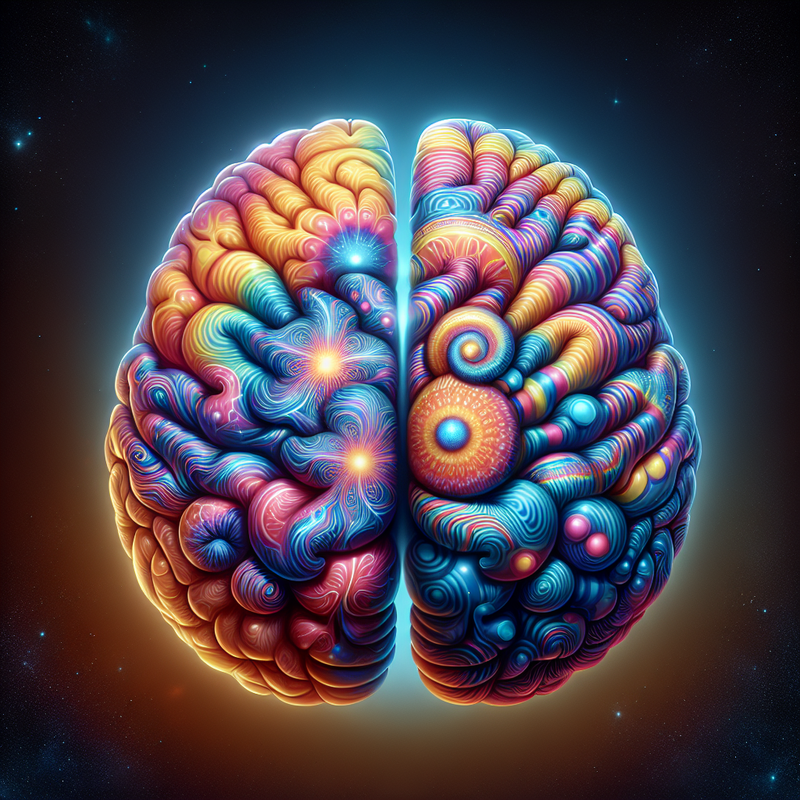A New Perspective on Psychedelics: Influencing Hemispheric Brain Dynamics
Researchers from Ohio State University have introduced an intriguing concept known as Hemispheric Annealing and Lateralization Under Psychedelics (HEALS), which explores the possibility that psychedelics can transiently modify interhemispheric communication and dominance within the brain. Typically, the left hemisphere—associated with analytical thought and detail-oriented processes—prevails in day-to-day functions. However, during psychedelic experiences, this dominance appears to be subdued, with the right hemisphere, which governs holistic thought, emotions, and creativity, taking the lead.
Enhanced Right Hemisphere Contribution
Adam Levin, a leading investigator in this field, suggests that the right hemisphere plays an enhanced role during psychedelic experiences, augmenting its contributions to empathy, social connectivity, creativity, and emotional intelligence. This surge in right hemisphere efficacy resonates with subjective reports from individuals using psychedelics who describe an intensified sense of unity and innovative capacities.
Studies look into neuroimaging corroborate that psychedelics stimulate a notable sway in cerebral activity toward the right hemisphere, specifically energizing the right frontal lobe. This area is crucial for emotional processing and social behaviors, thus reflecting the experiences described by individuals under the influence of these substances.
These phenomena align closely with brain changes observed in individuals who practice meditation regularly, where mindfulness practices strengthen right hemisphere circuits and may even lead to greater cortical thickness in some areas of the brain. This suggests that psychedelics could elicit similar, albeit temporary, changes in the brain, offering a convergence between such altered states of consciousness and meditative practices.
The HEALS hypothesis aims to enhance our current understanding of psychedelics’ impact on the brain by elucidating the emotional and cognitive transformations that individuals report both during and after the use of such substances. “The HEALS framework complements existing models by demystifying the emotional and cognitive transformations witnessed with psychedelic consumption,” Levin notes.
Future Research and Potential Insights
In the evolving landscape of psychedelic studies, researchers like Levin are uncovering how these compounds affect cerebral operations. The HEALS framework contributes to the complex quest to grasp consciousness, mental well-being, and the brain’s latent capacities. As research progresses, this model may provide insights into the extent to which psychedelics can unlock the brain’s full potential.
Pertaining to the Effects of Psychedelics on Brain Hemisphere, these findings emphasize the shifted balance towards Right Hemisphere Brain Activity and suggest a notable synergy between Psychedelics and Brain Activity. As the exploration of these concepts deepens, the HEALS theory stands as a promising avenue for exploring how Psychedelics Right Hemisphere interactions can advance our knowledge of the mind and its untapped resources.



